The Heart of the Turks and Caicos North and Middle Caicos
Secluded Beaches, Caves, Nature, and History
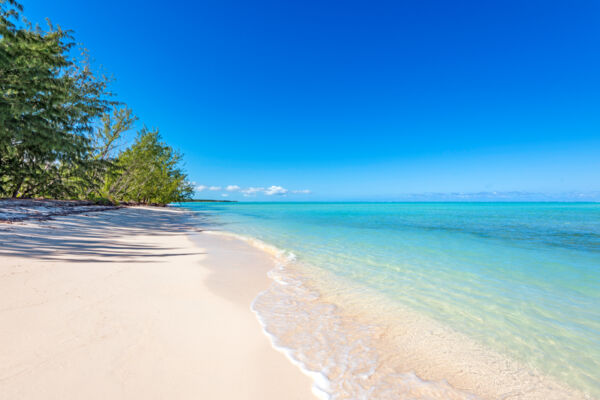
The two verdant islands of North Caicos and Middle Caicos are found in the center of the Caicos Islands archipelago, and collectively make up most of the land mass in the Turks and Caicos. A mile long road causeway connects the two islands, so they largely function as one.
North Caicos and Middle Caicos were once the home of agriculture in the Turks and Caicos, and the overgrown ruins of extensive cotton and sisal plantations can still be explored today. This tradition of farming continues to be carried on, albeit on a lesser scale, with several local farms producing tomatoes, peppers, melons, bananas, sugar cane, and papaya.
Compared to Grand Turk and Providenciales, the islands are sparsely populated, together being the home of fewer than 2000 people.
North Caicos and Middle Caicos are the perfect tourism destination for the adventurous and outdoor inclined. Miles of beautiful secluded beaches and rugged ocean cliffs line the north coasts of the islands. The spectacular Mudjin Harbour Beach is the most famous of these inspiring coasts, yet there are countless unnamed beaches to discover too. Hiking, kayaking, and stand-up paddleboarding are unparalleled.
Several interesting sites are also found inland, including the 250-foot-deep (76 m) Cottage Pond Blue Hole, the open gallery Indian Cave, and the impressive Conch Bar Caves, the largest non-submerged cave system in the Bahamas–Turks and Caicos archipelago. Flamingo Pond Overlook is also the best place in the country to see flamingos, and it’s common to see hundreds. However, be advised that the overlook is quite a distance away from the flamingos, so you won’t be up close.
A popular and recommended activity for Providenciales visitors is to take a day trip to North and Middle Caicos. Such an outing is a great way to see the sights and beaches without the need to stay overnight. For those who would rather take a guided tour, several businesses offer organized excursions.
The main settlements on North Caicos are Bottle Creek, Whitby, and Kew. Middle Caicos’s main settlements are Conch Bar and Bambarra.
Exploring, Weather and Climate
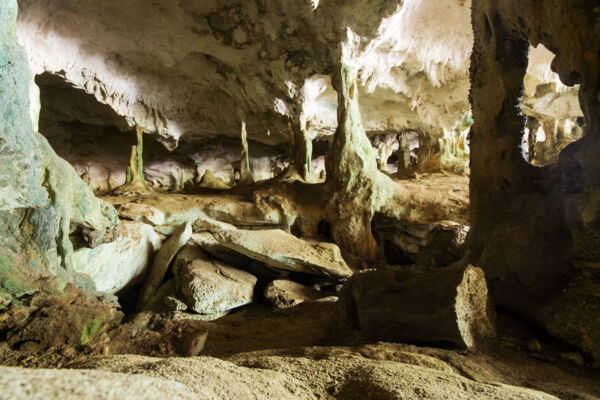
North Caicos, and to a greater extent Middle Caicos, is sparsely populated. Shops and gas stations are quite limited on Middle Caicos, so before leaving the settlement of Bottle Creek on North Caicos you’ll want to ensure that you have plenty of drinking water and sufficient fuel (half a tank is typically ample) for your vehicle.
The remote northeast end of Middle Caicos is a great place to explore, but be careful not to get your rental vehicle stuck or broken down. The walk to the nearest settlement from the beautiful Cedar Point Beach is over 7 miles (11 km).
Both islands experience more rain than the other main islands in the country, so be aware that mosquitoes can be quite bad at times. Sandy Point Marina (where the Providenciales ferry lands) can also have a bad sand flea (not an actual flea) problem at times, so you’ll want to definitely bring some insect repellent.
Temperatures of North Caicos and Middle Caicos are typically quite high (especially during the summer). You’ll want to have sunscreen and plenty to drink.
History
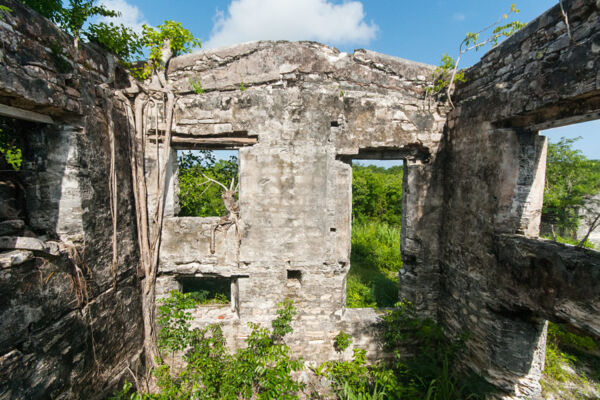
The first recorded inhabitants of these two islands were the Tainos, a people who it is thought migrated north up through the Caribbean around the year 750 AD. Middle Caicos was an important site to them, as the famous 1900s anthropologist Theodoor de Booy concluded that Middle Caicos and the adjacent East Caicos likely supported the largest Taino populations in the region.
Unfortunately, very little evidence remains from these peoples. Various artifacts were uncovered during guano (bat manure) mining in Conch Bar Caves in the 1800s, but the majority of these items have been lost. More recently, archaeological digs in Indian Cave and at remote sites on the south of Middle Caicos have turned up small bits of pottery and tools, but collectively there is very little to paint a picture of the life of these aborigines.
The archaeological digs in Indian Cave also revealed bones from unique land animals, including a giant iguana, a large type of tortoise, and a large rodent. It’s believed that the Tainos hunted these animals to extinction.
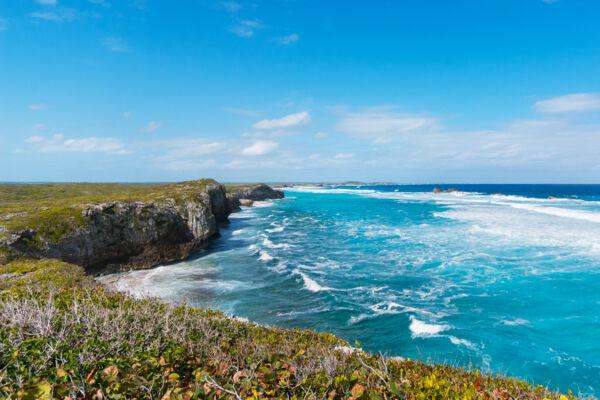
After the arrival of the Spanish in the region at the end of the 1400s, the Tainos populations rather quickly disappeared due to slavery and disease. The islands remained largely uninhabited from the early 1500s until the British Colonial plantation days.
As the American Revolution came to a close in 1783, displaced loyalists from the former American Colonies began to look for new homes and petitioned the British Crown for land. Several were granted tracts of land in the budding Turks and Caicos and began the construction of plantations.
Initially, these agricultural attempts yielded promising returns, and “Sea Island Cotton” from the Caicos Islands was said to be second to none. However, once the surrounding small rocks and protective surface layers of decaying leaves were removed from the fields, the rich black soil of the interior Caicos Islands became highly susceptible to erosion. When the inevitable drought or flood came along, the limited and precious soil was gradually blown and washed away.
The lack of distinct seasons also allowed insect pests and diseases to take hold, and as time passed, it became too difficult to eke out an existence producing the export cotton and sisal crops.
Planting never completely died out on North Caicos and Middle Caicos, but the days of the large and organized plantations ceased by the mid-1800s.
Many of the field walls and remains of the great houses from these plantations are still hidden in the low dense vegetation. Wade’s Green Plantation on North Caicos and Haulover Plantation on Middle Caicos are the only sites that have seen some limited clearing and are open for access.
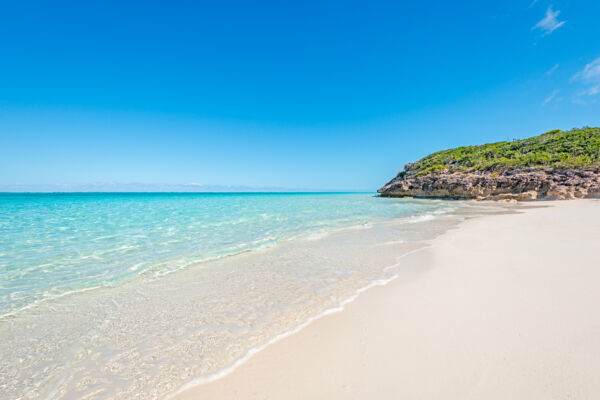
After the cotton and sisal era ended, both islands saw a decline in population as inhabitants began to leave for the better prospects of Grand Turk, South Caicos, or the Bahamas.
Today, North Caicos and Middle Caicos are seeing a resurgence as a tourism destination, with the construction of new accommodations and vacation rental homes across both islands. Consequently, the real estate market has begun to reflect the changes as well.
Your Adventure Awaits
North Caicos and Middle Caicos have remained relatively quiet places to this day. If you’re searching for a tranquil tropical vacation destination, look no further than the Garden Islands in the heart of the Turks and Caicos.
For those considering an overnight trip, both islands have several rental villas. North Caicos is also home to a few small hotels and the new Ocean Breeze Resort, and Middle Caicos offers the Dragon Cay Resort located at scenic Mudjin Harbour.
There are no mega-resorts, shops, or development to distract you from the endless natural beauty.




